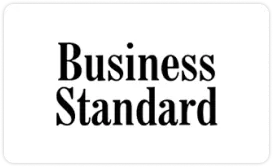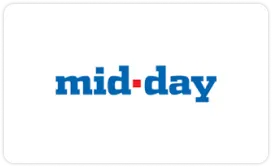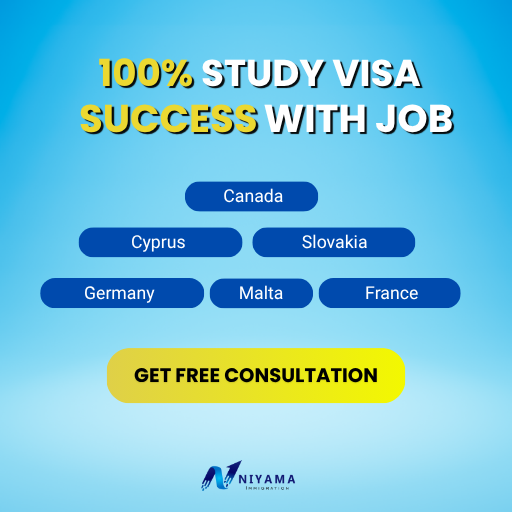
Canada's Immigration Plan from 2026 to 2028—Explained for Indian Applicants by Niyama Immigration
Canada has unveiled its Immigration Levels Plan for 2026–2028, signaling a continued commitment to welcoming over half a million new immigrants annually. For Indian applicants—including students, skilled professionals, and families—this plan offers a golden opportunity. This guide from Niyama Immigration breaks down the targets, key programs, and what this means for your Canadian dream.
Table of Contents
- Canada’s Immigration Goals (2026–2028)
- Focus on Skilled Workers
- Commitment to Family Reunification
- Focus on International Students
- Immigration for Entrepreneurs
- Regional Immigration Initiatives
- Integration and Support for Newcomers
- How the Plan Benefits Indian Applicants
- Role of Niyama Immigration
- Conclusion
- FAQs
Canada’s Immigration Goals (2026–2028)
The Government of Canada is strategically planning to welcome more newcomers to support its aging population, fill skill shortages, and boost economic growth by addressing labor shortages, encouraging regional growth, and supporting families.
Year-Wise Immigration Target Table (2026–2028)
| Year | Total Planned Immigrants | Economic Class | Family Class | Refugee & Humanitarian |
|---|---|---|---|---|
| 2026 | 500,000 | 280,000 | 120,000 | 100,000 |
| 2027 | 510,000 | 290,000 | 120,000 | 100,000 |
| 2028 | 525,000 | 300,000 | 125,000 | 100,000 |
Focus on Skilled Workers
Express Entry System
The Express Entry system remains Canada’s primary pathway for skilled immigration, with more category-based draws focusing on STEM, healthcare, skilled trades, and transport occupations. CRS scores may stabilize, with higher invitations for applicants with Canadian work or study experience.
Provincial Nominee Program (PNP) Growth
The PNP will play an even bigger role. Provinces like Ontario, British Columbia, and Alberta will get larger quotas. Highlights include occupation-targeted draws for Indians in IT, healthcare, and business.
Canada’s Commitment to Family Reunification
Family sponsorship remains a cornerstone of Canada’s policy. From 2026 to 2028, the government aims to reduce processing times (target: 6–12 months) and increase sponsorship quotas for spouses, children, and parents/grandparents.
Focus on International Students
The 2026–2028 plan enhances pathways for students to become permanent residents, with more flexible PGWP extensions and direct PR transitions through the Canadian Experience Class (CEC) or PNP, especially for graduates in STEM and healthcare.
Immigration for Entrepreneurs and Self-Employed Individuals
The government will speed up Start-Up Visa (SUV) processing times and focus on innovation-driven startups. The Self-Employed Program will also see higher intake targets for artists, athletes, and cultural professionals.
Regional Immigration Initiatives
Programs like the Atlantic Immigration Program (AIP) and the Rural and Northern Immigration Pilot (RNIP) will continue to encourage newcomers to settle in smaller communities facing labor shortages.
Integration and Support for Newcomers
The Canadian government is expanding its settlement infrastructure, including free language training, employment programs, and housing support to ensure smoother integration for new permanent residents.
How the 2026–2028 Plan Benefits Indian Applicants
- Increased PR invitations for Indian professionals in IT, healthcare, and engineering.
- More open work permit options for Indian spouses.
- Faster PR processing for students and Express Entry candidates.
- Enhanced pathways for entrepreneurs from India.
Role of Niyama Immigration
At Niyama Immigration (Delhi), we help Indian applicants navigate Canada’s ever-evolving immigration system. Our services include PR through Express Entry and PNPs, Study Visa and PGWP guidance, and family sponsorship support. With years of expertise, we ensure your journey is smooth, transparent, and result-oriented.
Conclusion
Between 2026 and 2028, Canada aims to welcome over 1.5 million new immigrants. For Indian applicants, it is the best time to plan your move. With Niyama Immigration’s expert guidance, your path to Canadian PR is not just possible—it’s predictable and achievable.
FAQs
Canada plans to welcome around 525,000 immigrants in 2028 under various categories.
The Express Entry and Provincial Nominee Programs (PNP) remain the most popular and efficient routes.
Yes. Students can transition from study permits to PR through CEC or PNP after gaining Canadian work experience.
They can move through the Start-Up Visa or Self-Employed Programs, provided they meet the investment and innovation criteria.
Niyama Immigration offers personalized, transparent, and result-driven services tailored for Indian applicants aspiring to settle in Canada.










